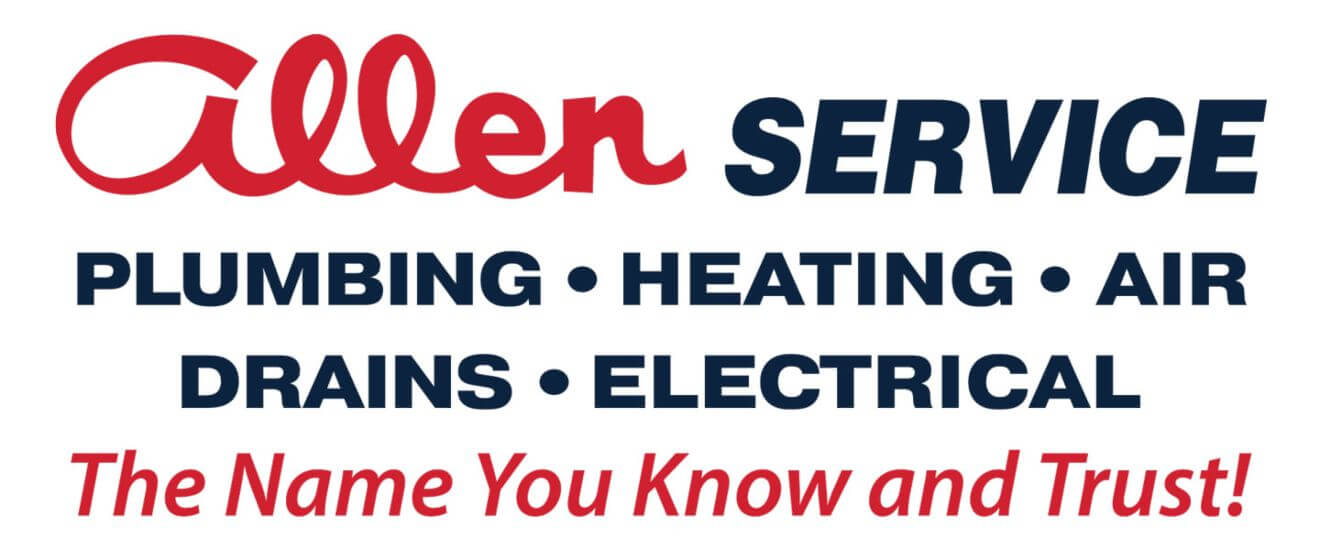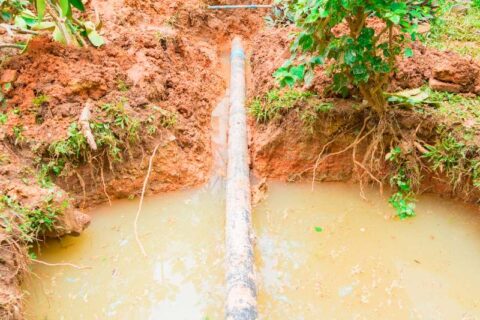How to Remove Grease from the Kitchen Sink Drain

The kitchen is the heart of the home, where families gather and culinary creativity thrives. But even the most well-run kitchen can encounter a pesky clogged drain. Let’s explore where grease comes from, how to tell if you have a grease clog, and, most importantly, how to remove grease from the drain.
How Does Grease Get Down the Kitchen Sink?
Grease clogs usually originate from cooking oils, meat fats, butter, and dairy products. Cooking a delicious meal may involve using these ingredients, and sometimes they end up in the sink, whether you meant them to or not. Rinsing greasy pans and dishes is a common mistake that can lead to negative long-term effects on your plumbing system.
Once inside the drain, greasy substances don’t simply flow through the pipes. Instead, they cool to room temperature, solidify into a goopy mess, and stick to the pipes. Grease accumulates over time, narrowing the passage and leading to a slow or clogged drain. Before long, what began as a mild inconvenience can escalate into a significant plumbing nightmare.
How to Tell if Your Drain is Clogged with Grease
Identifying a grease clog is fairly straightforward once you know what to look for. Some of the more obvious signs include:
- Slow-draining water: If your sink drains more slowly than usual, even after running the garbage disposal, it might be due to a grease clog.
- Unpleasant odors: Rancid smells coming from the drain signal accumulated grease and food particles.
- Gurgling sounds: When the pipe is blocked by gobs of grease, the water may gurgle and sputter as it flows down the drain.
- Water backing up: If water flows backward into the sink, take this as a clear indication that you need to unclog a grease drain.
How to Remove Grease from the Drain
Don’t ignore the signs of a grease clog in your kitchen sink! With the right approach, you should be able to remove grease from the drain and get things flowing smoothly again.
Whatever you do, don’t resort to chemical drain openers. Plumbers don’t recommend using them anywhere, but they’re particularly hazardous in kitchen sinks. After all, turning on the garbage disposal could spew caustic chemicals into the room, potentially irritating your skin and eyes.
Follow these useful DIY tips to remove grease from the drain:
- Pour hot water down the drain: Boiling water can melt grease, making this a simple but effective method for minor clogs. Bring about a gallon of water to near-boiling and pour it slowly down the drain. The heat softens the grease, allowing it to flush through the system and unclog the pipe.
- Try dish soap: Dish soap, specifically designed to break up grease particles when cleaning dishes, also works wonders on your drains. Squirt a generous amount of soap into the sink, followed by a gallon of hot water. Allow the soapy water to work for a few minutes, then flush with more hot water.
- Apply baking soda and vinegar: A natural cleaning solution made of baking soda and vinegar also helps dissolve grease. Pour a cup of baking soda followed by a cup of vinegar down the drain. Let it sit for 30 minutes and then flush with hot water.
- Use a plunger: A plunger can create the necessary pressure to break up the blockage in a fully clogged drain. Fill the blocked side of the sink with about an inch of water. Then, hold the plunger firmly over the drain and push down forcefully. Repeat the motion until the water starts draining. This method may require some effort, but it’s usually reliable.
- Use a plumber’s snake: For those stubborn clogs that resist other methods, a plumber’s snake, also known as a drain auger, can reach deep into the pipe and remove the blockage. Unwind the cable into the drain, twisting and pushing it as you go to break up the clog. You’ll need some patience, but this method often succeeds where others fail.
- Use compressed air: A CO2 drain gun breaks up the greasy blockage with compressed air and pushes the remnants down the pipe. This should be the final DIY method you try before calling a professional.
How to Keep the Drain Clear from Now On
If you successfully rid the kitchen sink of grease, your next goal is to prevent a blockage from ever forming again. Here’s how:
- Avoid pouring grease down the drain: Grease is the number one thing to never put down the garbage disposal. Instead, pour grease into a container, let it cool, and toss it in the trash.
- Use a strainer: A mesh strainer in your kitchen sink catches food particles that could contribute to a clogged drain.
- Scrape dishes into the trash: It’s okay to rinse plates and bowls in the kitchen sink, but scrape large pieces of food into the trash first to minimize the chance of a clog.
- Educate household members: Teach everyone in your home what shouldn’t go down the drain. By keeping out clog-inducing substances, your drains should flow smoothly for years to come.
- Clean your drains regularly: Prevention is the best medicine. Flush your drain with hot water and soap weekly to minimize the chance of a greasy buildup.
- Seek professional maintenance: Regular inspections from a professional plumber can prevent hidden issues from becoming major problems.
Is Your Kitchen Drain Still Clogged? Time to Call the Pros
If you’ve done everything you can, and your kitchen drain remains clogged, it’s time to turn to Allen Service for help. Our experienced plumbers are trained to handle even the most stubborn clogs. We use professional, environmentally friendly solutions to clear your drains, including motorized drain augers and hydro jetting. Our prompt and efficient service gets your plumbing back to normal as quickly as possible.
Don’t let a clogged drain ruin your kitchen experience—contact Allen Service at 970-484-4841 to schedule expert drain cleaning in Fort Collins.

